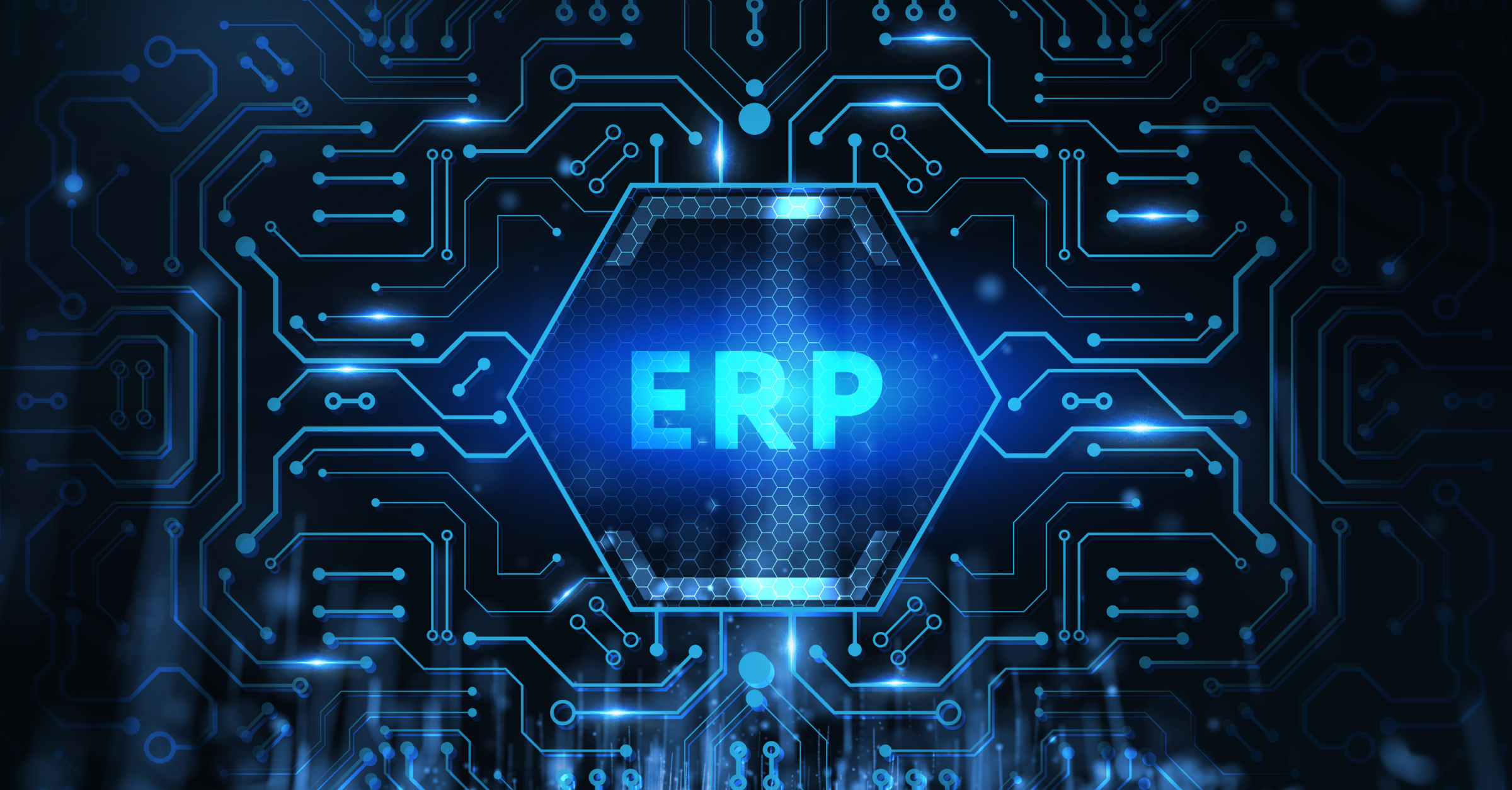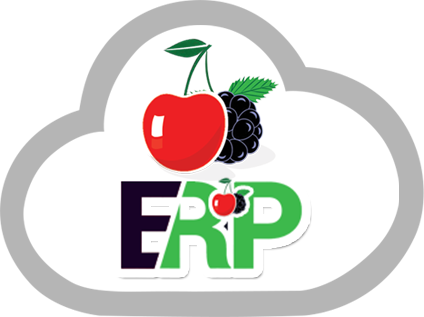
The Future Of ERP Attendance System in Tracking Record of Attendance
Firstly, Many companies use the ERP Attendance System Software module to monitor workers’ attendance. These systems compute work hours, automate attendance records, and generate accurate reports using contemporary technologies like cloud computing, mobile apps, RFID, and biometrics.
ERP-based attendance systems are transforming how businesses manage their workforces by providing a thorough and integrated method of tracking employee attendance, time management, and related tasks. Let’s examine the advantages and future of ERP Attendance Systems and how they affect contemporary workplaces.
BenefitsA of ERP Attendance System:
Accuracy and Transparency: ERP systems guarantee accuracy and transparency in maintaining the record of employee work hours by automating attendance and finishing the need for manual procedures. As a result, there are fewer inconsistencies, and management and staff are more trusted.
Time and Cost Savings: By automating attendance management tasks, HR staff members can concentrate on strategic initiatives while saving important time. Additionally, less manual paperwork means lower paper use and administrative overhead costs.
Automated Notifications: These systems can automatically notify staff members about upcoming approvals, missed clock-ins, late arrivals, and reminders. This lessens the need for manual follow-ups and enhances adherence to attendance regulations.
Enhanced Compliance: ERP attendance systems assist companies in adhering to labor laws, keeping correct records for audits, and uniformly enforcing attendance policies throughout the workforce.
Improved Employee Experience: This software helps employees effectively manage their attendance, as it encourages workers to check their attendance. This promotes an environment of accountability and enhances the employee experience.
Making decisions based on data: Empowers businesses to make decisions about staff administration, resource allocation, and business improvement tactics.
Customisable Policies: ERP attendance systems let businesses create and implement attendance policies that best suit their needs. These policies cover guidelines for early departures, late arrivals, overtime computations, and regular attendance.
Data Security: ERP systems are meant to handle data security through technical and organisational measures, ensuring that data is protected and systems are secure.
Future Of ERP Attendance System:
Furthermore, In the quickly evolving field of workforce management, the integration of attendance tracking systems with Enterprise Resource Planning (ERP) systems is poised to bring in a new era of precise, effective, and staff-oriented operations.
Using Technology to Make Sure Integration Goes Well
Moreover, The future of ERP attendance systems depends on the development of real-time data processing and seamless integration, which are made possible by technological changes. Businesses can now access attendance data from any location and device, such as cloud-based ERP solutions. Distant and hybrid forms of employment are more flexible and can better accommodate the changing demands of modern workplaces.
Additionally, machine learning (ML) and artificial intelligence (AI) are highly efficient in working with this software as they enhance the functioning of ERP Attendance Systems.
Observance of Regulations and Compliance
Additionally, ERP Attendance Systems are essential to maintaining compliance with labour laws, union agreements, and industry regulations in a regulatory environment that is becoming increasingly complex. Furthermore, ERP platforms with configurable rule engines and automated compliance checks assist businesses in adhering to attendance policies, shift patterns, and overtime regulations.
The ERP systems also enable companies to show compliance with standards during audits and inspections by producing audit trails, keeping track of past transactions, and facilitating regulatory reporting. This degree of accountability and openness reduces non-compliance risk and builds confidence among stakeholders and regulatory bodies.
Considerations for Implementation
ERP attendance systems have many advantages, but their successful implementation necessitates careful planning and taking the following factors into account:
- Scalability: Select an ERP system that can grow with your company and adapt to its changing requirements.
- User Training: To ensure the system is adopted and used smoothly, administer thorough training to administrators and staff.
- Data Security: Strong security measures should be in place to safeguard sensitive attendance data and guarantee adherence to data protection laws.
- Integration Capabilities: Smooth integration with the current payroll, HR, and time management systems is necessary for a unified data ecosystem.
IoT and Wearable Technology’s Role
Furthermore, Integrating the IoT system with the ERP Attendance System will further revolutionise workforce management. Moreover, IoT sensors can manage attendance by eliminating the need for human intervention to track employees’ presence in the work areas and working hours.
Moreover, Smart wristbands or badges with biometric sensors are examples of wearable technology offering secure and easy authentication for clocking in and out. In addition to increasing accuracy, these technologies improve worker comfort and safety, particularly in high-security or dangerous work environments.
Possibilities and Challenges
Furthermore, ERP attendance systems have a bright future, but to fully realise these benefits, organisations must overcome certain obstacles and take advantage of certain opportunities.
Data Security: As digital connectivity and data integration grow, data security and privacy issues become critical. ERP systems must use strong cybersecurity measures, encryption protocols, and access controls to protect sensitive attendance data.
User Adoption: User engagement and adoption are critical to the success of ERP attendance systems. It is recommended that organisations should allocate resources toward comprehensive training programs, intuitive interfaces, and continuous support to guarantee system adoption and optimal utilization by managers and staff.
Integration with Payroll and HR: End-to-end workforce management requires seamless integration between payroll systems, HR modules, and ERP systems.
Conclusion:
In conclusion, The basic purpose of the ERP Attendance System is to manage or track the attendance of the employees. This system is now an essential tool for small and highly developed businesses as it is an efficient and accurate system for attendance management that utilises automation. With the help of new technologies, firms are automating their work and embracing digital transformation. Finally, To stay competitive in today’s business world, use such type of software by automating the tasks of the company and management of the attendance; for this purpose, you can contact CherryBerry ERP; it is highly recommended and easily optimises the complex tasks of the company. By using this software, organisations can easily improve the management of the workforce and satisfy the employees as the chances of error decrease with new technologies compared to manual tasks done by humans.
